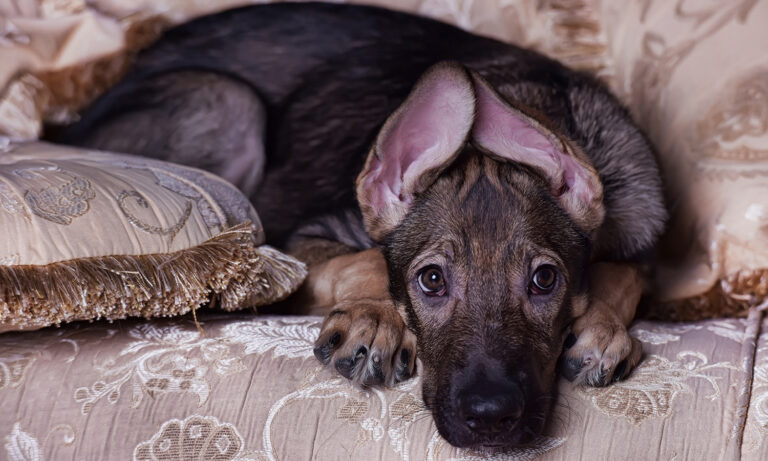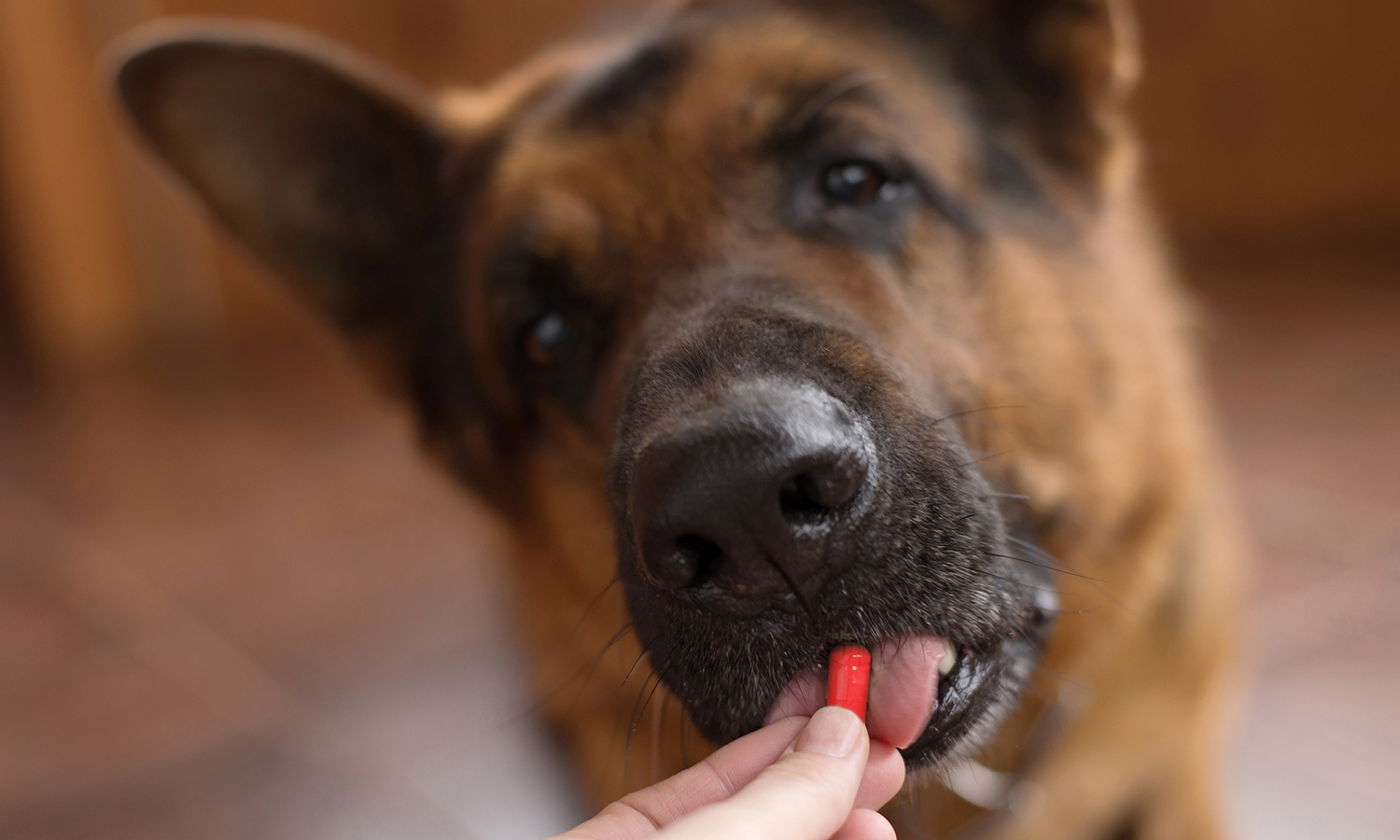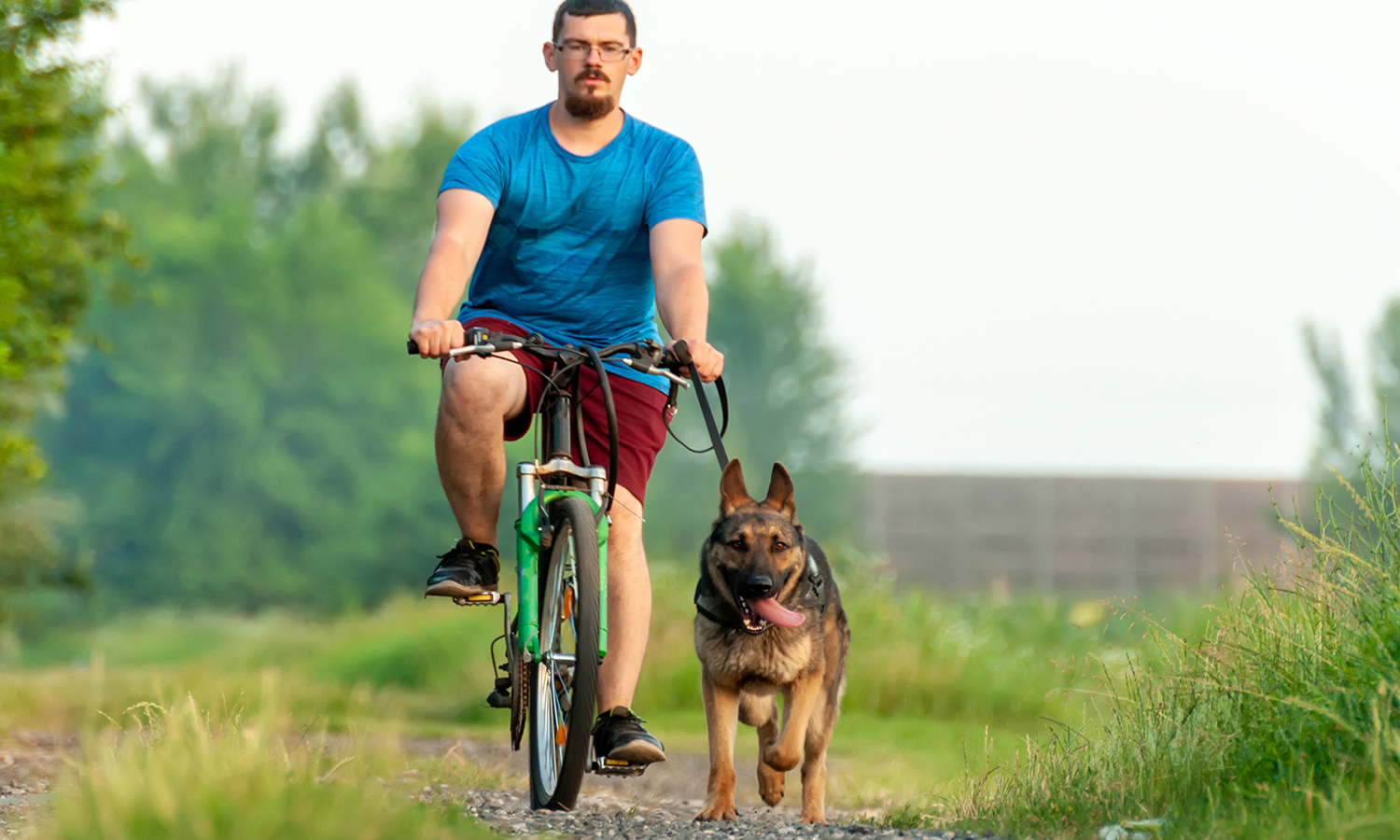
Many pet parents fear that the process of housetraining will be difficult, messy, and a struggle to accomplish. This need not be the case. It also does not have to take a long time. Remember that housebreaking is a training issue. With a little dedication, time, and effort, your pup will be housetrained before you know it. The more involved you are in the training process, the sooner he will be trained.
The Rules
HOUSETRAINING RULE NUMBER ONE:
This is The Most Important Rule…Do not punish him for having an accident in the house. He will not understand why you are upset with him and punishing him will only make your dog fearful of you. If your pup has an accident in the house, simply take him outside and give him the command you have chosen for eliminating.
HOUSETRAINING RULE NUMBER TWO:
Praise your puppy when things go right. Don’t let housetraining be a situation where your only action is yelling at your dog when he is caught in the midst of using the wrong area. If he does it right, let him know!
Methods of Housetraining
Paper Training
There are several ways to housebreak a puppy. With the first, you can put down papers or pretreated pads, encouraging the puppy to use these areas for going to the bathroom. The pads are scented with a chemical that attracts the pup to use them to eliminate. Whenever you see the puppy showing cues that he needs to relieve himself, such as walking around and sniffing the floor, you gently pick him up without talking and carry him over to the papers/pad and then praise him when he goes to the bathroom.
When all goes well and he is using the papers consistently, the papers are either moved closer to the door and/or another set is placed outside. The transition is made from concentrating the toilet habits to one spot inside the home to one spot outside the home. Finally, the papers inside are eliminated. The only problem with this method is that for a period of time it encourages the puppy to eliminate inside the home. House training may take longer when this method is used.
Crate Training
The second popular method of housetraining involves the use of a crate or cage. The often-stated reasoning is that the puppy is placed in a crate that is just large enough to be a bed. Dogs do not like to soil their beds because they would be forced to lay in the mess. Crate training encourages puppies to control their bladder and bowels. During the daytime puppies who are 4 months of age or less only have control for a few hours, though during the night time it can be longer.
During housebreaking, whenever the puppy is inside the home but cannot be watched, he is placed in the crate. This might be while you are cooking, reading to the children, or even away from home. The last thing you do before you put the puppy in the crate is take him outside to his favorite spot. The first thing you do when you take the pup out of the crate is another trip outside. No food or water goes in the crate, just his dog bed and a chew toy to occupy his time. Overnight is definitely crate time. As your faith in the puppy grows, leave him out for longer and longer periods of time.
Make sure you buy the right size cage. You want one that has the floor space that provides just enough room for the puppy to lie down. But cages are useful throughout a dog’s life and it would be nice if you did not have to keep buying more as he grows. That is not necessary. Simply purchase a cage that will be big enough for him as an adult, but choose a model that has a divider panel as an accessory. With these, you can adjust the position of the panel so that the space inside the cage available to the pet can grow as he does.
Using too large of a crate can often cause long term problems. The puppy will go to one corner of the cage and urinate or defecate. After a while, he will then run through it, tracking it all over the cage. If this is allowed to continue, the instincts about not soiling his bed or lying in the mess will be forgotten and the puppy will soon be doing it every day when placed in the crate. Now a housetraining method has turned into a behavioral problem as the puppy’s newly-formed habits become his way of life.
Constant Supervision
The last method involves no papers, pads, or crates. Rather, you chose to spend all the time necessary with the puppy. This works very well in situations where the pet parent is always with the puppy, such as people who work from home. Whenever you see the puppy circling and sniffing the floor, quickly get him outside. It is important that the puppy is watched at all times. This method has less room for error, as there is nothing like a crate to restrict the puppy’s urges, nor is there a designated place inside the home for him to relieve himself such as on the papers or pad. When he is taken outside, watch the puppy closely and as soon as he eliminates, he should be praised and then brought back inside immediately. You want the dog to understand that the purpose for going outside was to go to the bathroom. Verbal communication helps make this method more effective. For those with the time, this is a good method. It is still a good idea to have a crate available as a backup when the pet parents have to be away from the puppy.
Verbal cues
Specific verbal communications will also help the two of you understand what is desired. It is an excellent idea to always use a word when it is time to head to the bathroom. Remember that whenever you use a verbal command or signal, it is important that everybody in the family always uses the same word in the same way. Think of the word “Outside” in this situation not only as a question you are asking the pup, but also as an indication that you want to go there. Some dogs may get into the habit of going to the door when they want to go outside. This is great when it happens, but it is not as common as some believe. It is better to use verbal commands to initiate this sort of activity rather than waiting for the puppy to learn this behavior on his own. Your consistent use of a word or phrase like “Outside” will cause the puppy to come to you rather than the door when he needs to go outside. The pup quickly sees you as part of the overall activity of getting to where he needs to go.
Once outside, try to encourage the pup to eliminate. Use a command, such as “Potty” or “Do It.” As soon as the puppy eliminates, it is very important to praise him with a “Good Dog” and then come back inside immediately. Again, make this trip be for the purpose of elimination. If we are taking the pup out to play with a ball or go for a walk we will not use this word even if we know he will eliminate while we are outside.
Oops! Accidents Happen
One of the key issues in housebreaking is to follow Rule Number One: Do not punish him for accidents! If you find a mess that was left when you were not there, clean it up and forget it.
Discipline will not help because he will be clueless as to why he is being scolded. Your puppy has urinated and defecated hundreds of times before he met you. Mom or a person always cleaned it up. Nobody made a fuss before and the pup will not connect the punishment, regardless of its form, together with something he has done without incident numerous times before. Unless something was really fun (and a repetitious act like going to the bathroom is not), they are not thinking about what they did in the past. They are thinking about what they can do in the future. At this point in his life, a puppy’s memory is very poor and he lives in the moment.
Whether it is walking or running in circles with his nose down, the puppy will show the same behavior every time he needs to go to the bathroom. It may vary a little from pup to pup, but they always show certain behaviors before the act. Lack of supervision or just not paying attention to the puppy is the most common reason that bathroom accidents occur at all. Keep a watchful eye on your pup at all times and you will catch him before that accident happens on your living room rug.
If you miss his signals that he needs to eliminate and you catch your pup in the act of urinating or defecating, do not get mad. Quickly, but calmly pick up the puppy and without raising your voice sternly say “No.” Carry the puppy outside or to his papers. It will help to hold his tail down while you are carrying him as this will often help him to stop urinating or defecating any more.
Your puppy is going to be excited when you get him outside or to the papers, but stay there with him a while and if he finishes the job, reward him with simple praise like “Good Dog.”
In the disciplining of dogs, just like in physics, every action has a reaction and for training purposes these may not be beneficial. If you overreact and severely scold or scare the puppy for having an accident in the house, your training is probably going backwards. Housetraining can be especially difficult for a puppy to understand as he is carrying out a natural body function. Carried one step farther is the idea of rubbing a puppy’s nose into a mistake he made. This is never a good idea. In the limits of a puppy’s intelligence, he sees no difference in what he left in your kitchen an hour ago versus the one the neighbor’s dog left in the park two weeks ago. Punishment rarely speeds up housetraining. Often, it makes the dog nervous or afraid every time he needs to go to the bathroom.
Many pet parents mistakenly think that a pup understands that he has done something wrong when he has an accident because he sulks or runs and hides. The dog is not thinking about some mistake he may have made. Rather, the pup has learned that when the people come home, for some reason he has yet to figure out, they are always in a bad mood and he gets punished. The puppy has decided that maybe it would be better to try to avoid them for awhile so he hides. In this particular case, discipline, misunderstood by the puppy, has caused him to fear his pet parents and this will probably affect their relationship throughout the life of the dog.
If you want housetraining to go quickly, regardless of the method you use, spend as much time as possible with your puppy. By spending as much time as possible with your pup, you will learn his signals that he needs to eliminate and will be able to quickly get him outside or to his papers. Spending as much time as possible also means that you will be more consistent with your training.
Feeding and Housetraining
The feeding schedule you use can help or hinder housebreaking. You will soon notice that puppies will need to go outside soon after they wake and also within a short time after eating. Be consistent when you feed your pup so you can predict when he needs to relieve himself. Plan your trips outside around these patterns.
All of this may seem simple, and it really is. The keys are that it will take time and you must be consistent. And, of course, you must never lose your temper or even get excited.
Spontaneous or Submissive Urination
Puppies may spontaneously urinate when excited. This may be when they first see you, at meeting a new dog, or when they are scared. It is often referred to as submissive or excitement urination. Do not discipline the puppy for this, as it is something the pup cannot control. Simply ignore it and clean up the mess. If you do not overreact, they will usually outgrow this between 4 and 7 months of age.
Summary
Your new puppy is home and you have started the housetraining process. This is just as much a part of training as the obedience commands. However, mistakes that occur with housetraining can cause more problems between you and your pet than those encountered with any other form of training. Be patient and consistent and soon you will find that you have successfully housetrained your pup.
The biggest mistake pet owners make is attempting to elevate their German Shepherds to their status and think of them as human.
Take trainingt your dog that is at fault.
The more you consider your German Shepherd to be a human, the more your German Shepherd will consider you to be a dog.
If your German




